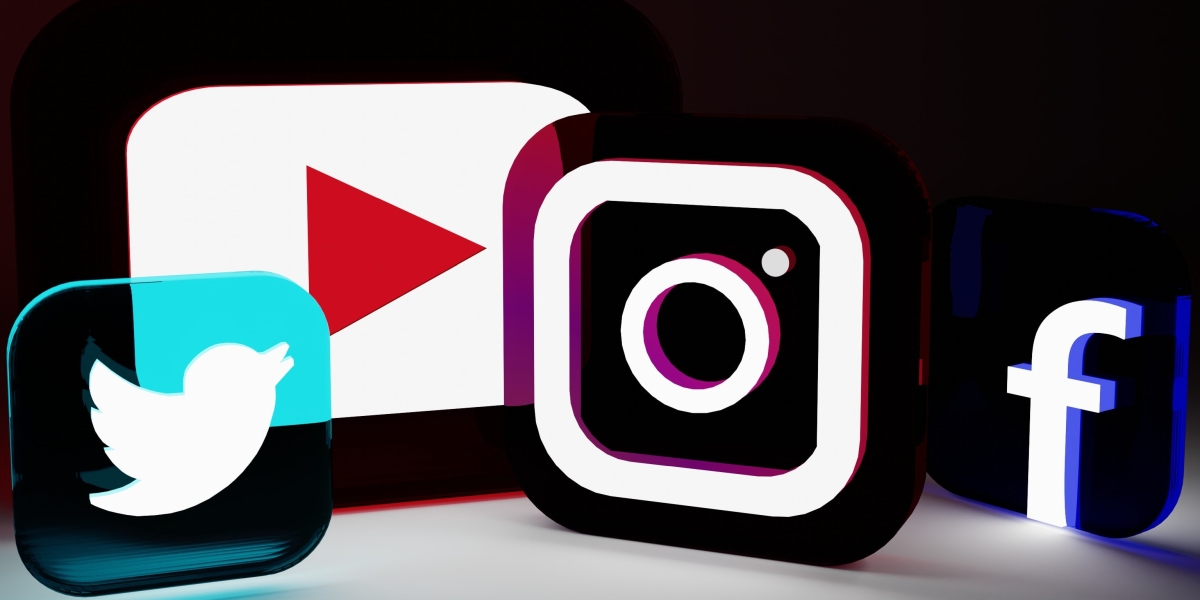6 Proven Landing Page Practices To Boost CR
A landing page is a web page that is created for digital marketing and advertising campaigns. It is where the potential customer lands after tapping the link they come across on their emails and social media.

A well-laid landing page possesses the ability to convert visitors/ prospect customers into leads.
Understanding the Conversion Rate Optimization
Conversion Rate Optimization is the process of increasing the number of visitors that hit the website and perform a certain action. The action might relate to purchasing a product, filling out a form, completing a survey, or might be as simple as clicking a link.

User behavioral analytics platforms like WatchThemLive show us what users do when they visit your website. To calculate the conversion rate, or simply put, CR, one simply has to divide the number of conversions by the total number of web visitors.
6 landing page best practices improve the conversion rate
1. Simplifying the landing page
While designing the landing page, it would be expected of you to curb the urge to put all your creativity out there. Keeping it simple is the thumb rule for landing page best practices. You need to keep it clutter-free to ensure that the visitor stays focused on the prime element that you are offering. Funnel analysis identifies which users convert in each step.

2. Going on with contrasting colors
When we visit a website, it is not the content that we instantly jump onto. The very first thing that instructs our brains to stay hooked is the color- appeal. Consider the best of color contrasts. Also, there is not any certain color contrast that goes well for each one. Experiment, analyze data, see the trends and find out which one works out the best.

3. Staying consistent
Consistency is an important facet while making your way towards the landing page best practices. A big part of the optimization depends on the fact that you are staying consistent with the visuals. For instance, you run a Facebook ad that takes the visitor to your landing page. You can use a visitor tracking tool to see what users are doing on your website. So, this is when the visuals, the imagery, and the text are expected to be the same as depicted on the landing page.

4. Showing the product/service in action
Showing the working of your product or service helps the customer to better understand your offers. It is also an effective method to demonstrate the working, purpose, advantages, and disadvantages of the product. Whether you use text, images, or a step-by-step video tutorial, just make sure that it is intriguing and user-friendly.

5. Consider Social Proof
Despite using a wide range of landing page best practices, you might still not be able to generate the desired conversion rate. Do you know why? Well, it is because social media is built on the warp and woof of social proof. It is a must to consider customer reviews as one of your active marketing strategies. Data shows that social proof is one of the landing page best practices to help in creating leads.

6. Ensure a high speed
Last but not least, is the site loading time! Data shows that the actions of almost seventy percent of site visitors can be heavily influenced by the speed of the website. The world is a fast place, and making the customers wait can push the conversion rate down. On average, your website shall take no more than three seconds to load. So, if your site is taking more than that, there is a high possibility that you might end up losing a good number of prospects.

Conclusion
The above-mentioned steps are one of the primary landing page best practices that help your conversion rate trace its way up. Use a website visitor tracking tool for finding out who your web visitors are. Besides, using a template can be an effective way of quickly grabbing the attention of the visitors. Also, make sure that you’re updating and testing the website before making it go live.



